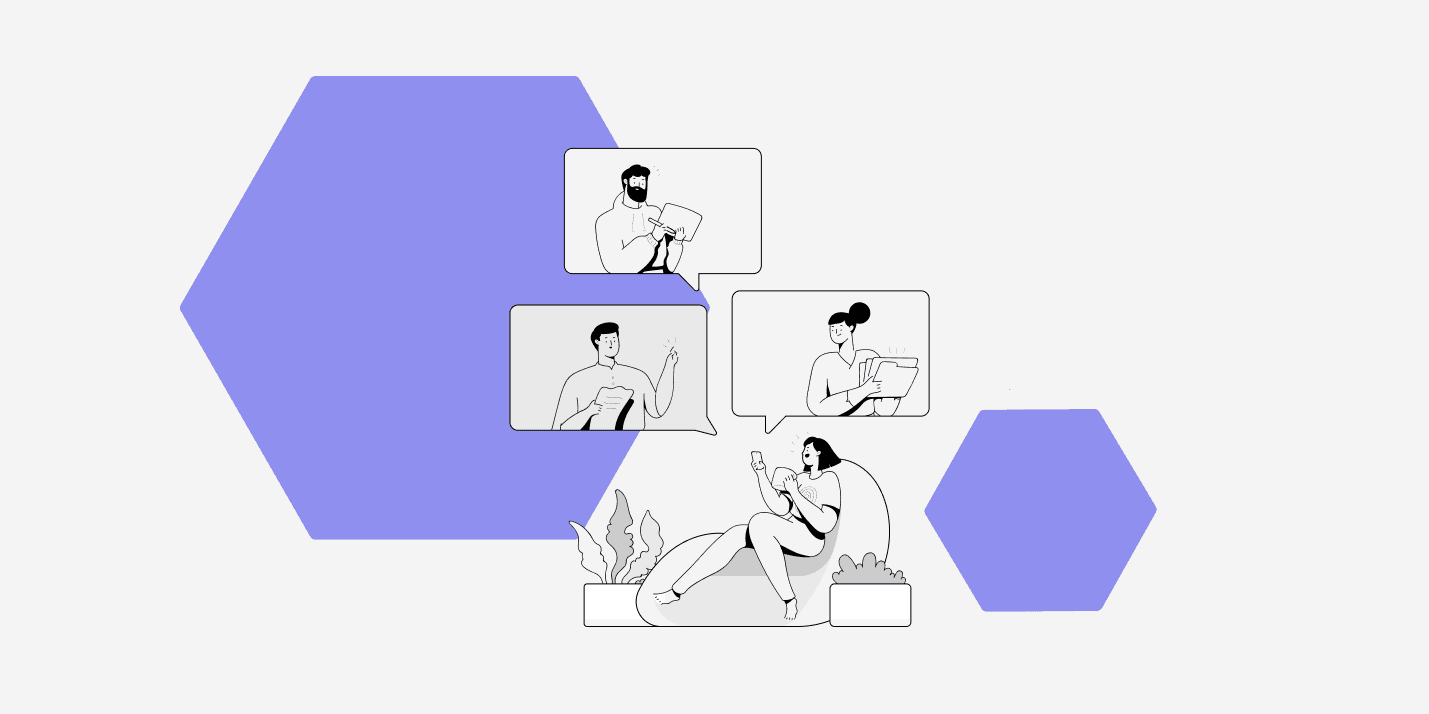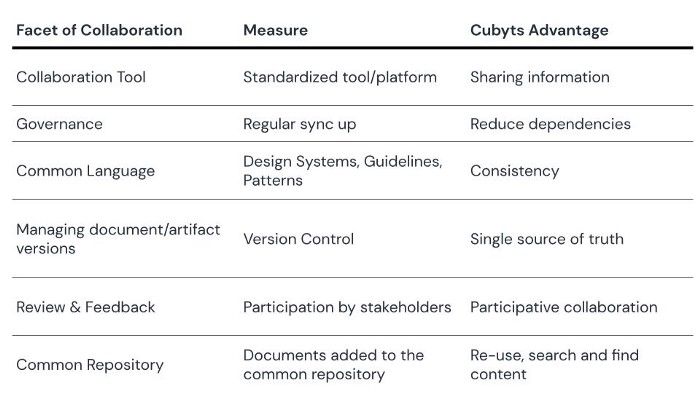Six Ways to Improve Design Collaboration

Successful user-centric innovations are a product of collaboration between different functions of an organization. To execute collaborative design projects, teams need to use best practices and tools to keep on track and facilitate close cooperation. Without a well-developed workflow and the appropriate set of resources, design collaboration might prove too complex.
Designers, UX researchers, developers, product managers, and others contribute their skills and input to create polished and effective designs.
Here are six effective ways to improve your design collaboration workflow –
1. Use the right tools
Use the right design collaboration tools to harmonize the working relationship between your team members. Using the right tool is critical; however, standardizing the tools across different teams can help unlock the following benefits:
- Elevated efficiency
- Seamless information flow between team members
- Enhanced quality of design
2. Establish a governance model
Design collaboration has several dependencies. The work of UX research, for instance, will have a dramatic impact on the designer.
The governance framework design effort is an excellent opportunity for stakeholders to learn how to work and collaborate better. It’s not just the end state that is important, but the interim conversation, collaboration, and compromise required to build the model. Those activities will bring your team into better communication, a better community, and better alignment.
3. Speak the same language
Having a common design language ensures effective collaboration.
The unified communication protocol between different teams is also an essential aspect. Harmonize design language by creating standard design systems, design guidelines, design processes, and pattern libraries.
4. Exercise immaculate version control
Throughout the design collaboration project, the team will create many files that they can’t afford to lose track of. Everyone must have access to the most recent version of the work.
Therefore, a shared knowledge repository helps organizations have a single source of truth for all. Having all the content saved and stored at one common place enables building a common source of artifacts and libraries, making the standard design processes, templates, and frameworks. This standardization of processes helps the organization to scale the design function efficiently and effectively.
5. Iterative reviews and feedback
The trick to excellent design collaboration is facilitating regular reviews and feedback rounds. The right balance lets the team members perform their work on one hand while also regularly reviewing work. Consistent participation by all internal and external stakeholders ensures that the product/ service is built for actual user needs.
Feedback must be contextualized and based on some artifact, design systems, or protocols. The input must be backed and followed through with design systems and processes.
6. Common repository for all the artifacts
The organizations have defined processes, frameworks, and infrastructure to accumulate and reuse knowledge. The organizational repository can save time and resources by making the content searchable and making recommendations when starting a new project of a similar type.
Creating a shared knowledge repository help organizations to have a single source of truth for all and have quick access to standardized design systems, brand guidelines, common frameworks, libraries of templates, and artifacts.
If you’re going to unlock design collaboration success, you’ll need to identify and take advantage of the most appropriate design collaboration tool out in the market. As we all know, there are several competing tools out there.
At Cubyts, we are integrating the design collaboration space by examining various facets of collaboration —
